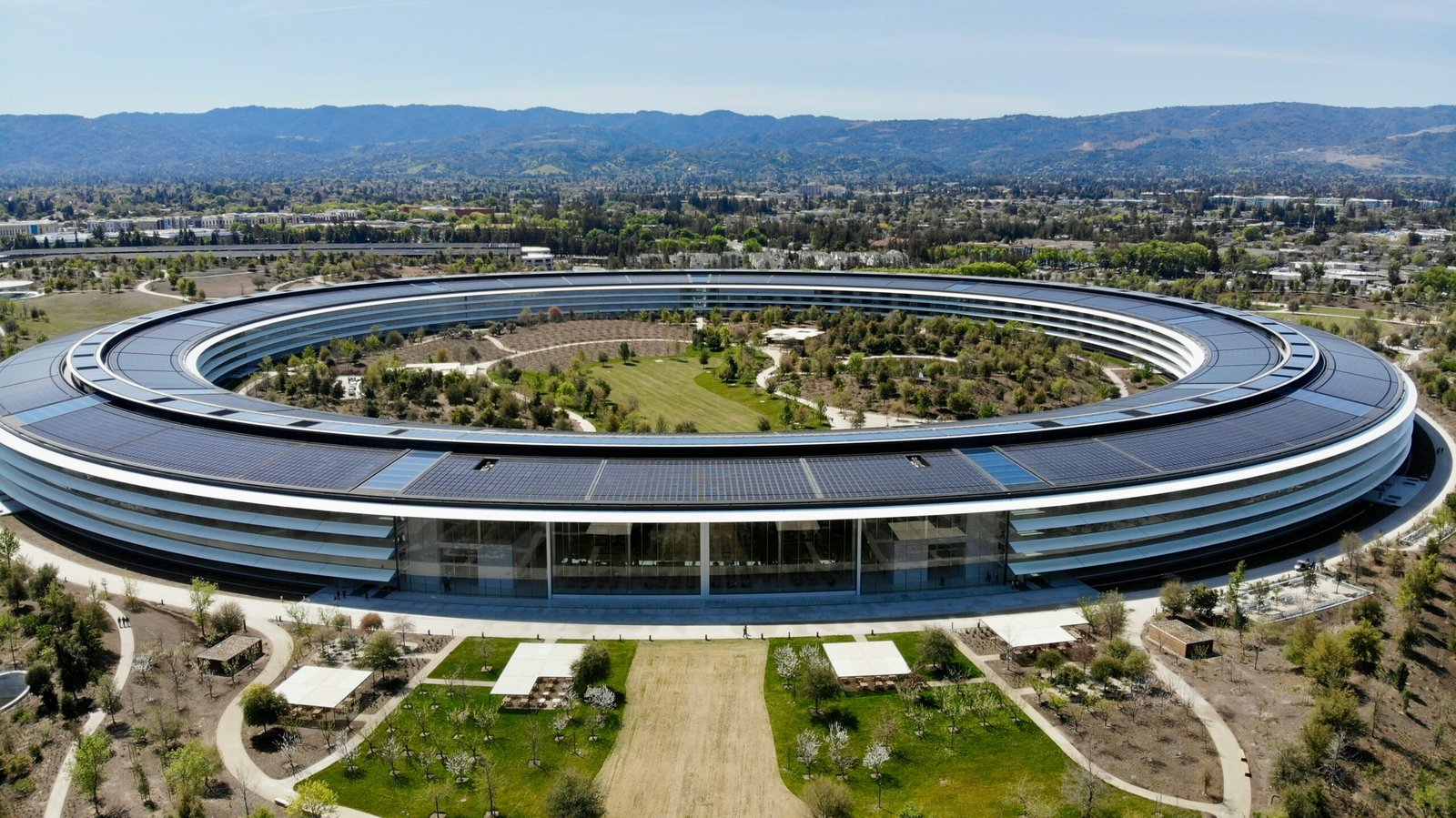With the advancement of technology and the increasing role of space in our daily lives, it comes as no surprise that countries around the world are looking to expand their military capabilities beyond Earth. The establishment of the United States Space Force in 2019 marked a significant step in this direction. In this blog post, we will explore some of the key initiatives undertaken by the Space Force to ensure the security and defense of the United States in the vast expanse of space.
1. Space Situational Awareness
One of the primary objectives of the Space Force is to enhance space situational awareness. This involves monitoring and tracking objects in space, such as satellites and debris, to ensure the safety of critical space assets. By accurately predicting the movement of these objects, the Space Force can mitigate the risk of collisions and protect the space-based infrastructure that is vital for communication, navigation, and national security.
2. Offensive and Defensive Capabilities
The Space Force is also focused on developing offensive and defensive capabilities to protect U.S. interests in space. This includes the ability to defend against hostile actions, such as anti-satellite weapons, and to deter potential adversaries from threatening U.S. space assets. By investing in advanced technologies and space-based systems, the Space Force aims to maintain superiority in space and ensure the resilience of critical national security capabilities.
3. Space-Based Communications
Effective communication is crucial for military operations, and the Space Force recognizes the importance of space-based communications. By leveraging satellites and other space-based assets, the Space Force aims to enhance the speed, reliability, and security of communication systems for military personnel around the world. This includes improving the interoperability of different military branches and allied forces, enabling seamless communication and coordination in any theater of operations.
4. Space-Based Intelligence, Surveillance, and Reconnaissance
Intelligence, surveillance, and reconnaissance (ISR) play a vital role in modern warfare, and the Space Force is actively involved in developing space-based ISR capabilities. Satellites equipped with advanced sensors and imaging systems can provide valuable information about potential threats, monitor activities on Earth, and support military operations. By expanding its ISR capabilities into space, the Space Force aims to gain a strategic advantage and enhance situational awareness for decision-makers on the ground.
5. Research and Development
As technology continues to evolve, the Space Force recognizes the need for ongoing research and development to stay at the forefront of space-based capabilities. This includes investing in cutting-edge technologies, such as space-based lasers and autonomous systems, to enhance the Space Force’s ability to protect and defend U.S. interests in space. By fostering innovation and collaboration with industry partners, the Space Force aims to drive advancements in space technology and maintain its competitive edge.
Conclusion
The establishment of the United States Space Force represents a significant milestone in military expansion beyond Earth. With its focus on space situational awareness, offensive and defensive capabilities, space-based communications, ISR, and research and development, the Space Force is well-positioned to ensure the security and defense of the United States in the ever-expanding domain of space. As technology continues to advance, it is crucial for nations to adapt and invest in space-based capabilities to protect their interests and maintain strategic superiority.
































